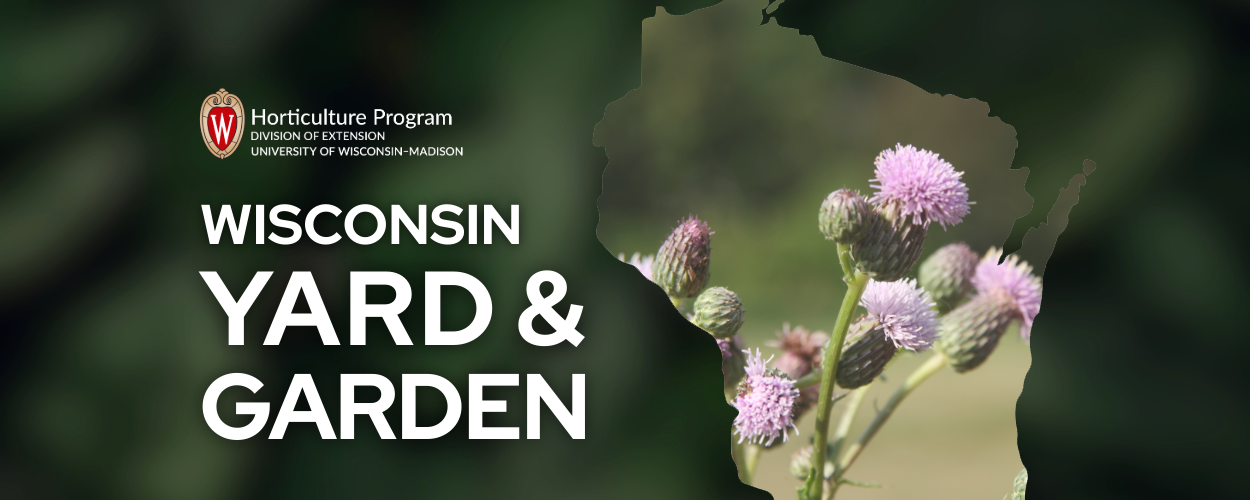
During the process of fall yard and garden cleanup and evaluating this past growing season, weeds are frequently part of the equation. Chronic weed problems can be frustrating. Why do weeds persist in certain situations, and how can they be prevented next year?
Weeds are simply plants out of place, usually thriving in locations at the expense of desirable garden and landscape plants. Weed species have a competitive edge over the desirable plants. They may grow fast, produce lots of seeds, or have vegetative structures allowing them to grow, persist, and spread.
Successful weed management has three critical parts. First identify the weed, including its life cycle and growth habits. Then consider all management options, including cultural practices, physical removal, or herbicides. This time of year, physical removal, such as pulling or digging out, usually tops the list. The critical last step is understanding site conditions chronic weeds prefer and potential modifications for next year to make them less likely to return.
Persistent perennial weed species usually have one or more growth factors in their favor. Often, they produce strong roots or vegetative structures that are difficult to either completely physically remove or kill with herbicides. Vegetative structures include bulbs, tubers, and corms; or “runners” better known as rhizomes or stolons. When vegetative structures are present in soil being tilled, the weed spreads further as each cut up piece often develops into a new plant. Prime example: strong rhizomes of quackgrass.
Site factors also play a key role in chronic weed problems. If an aggressive weed species is better adapted to growing conditions than plants intended for the site, the weed wins. Soil problems, including drainage and compaction, lead the list of site factors favoring weeds over lawns, groundcovers, and herbaceous plants. Shade can be another issue.
Substantial amounts of weed seeds exist in soils and can remain viable for years. This is why tilling up garden beds and leaving the soil exposed to sunlight usually results in a flush of weeds. Mulching, frequent light tillage, and keeping garden size to what can easily be tended help prevent this. Start small with new garden projects for next year.
Despite your best gardening efforts, sometimes circumstances simply favor a weed outbreak. Crabgrass in 2025 was a prime example. Lawns, especially in southern Wisconsin, came out of winter in poor shape. Warm, moist weather of early summer allowed crabgrass to flourish and explode in lawns and gardens. The good news? All those crabgrass plants die this fall as they are annuals. Get your lawn thicker in 2026, specifically with mowing higher and sound fertilization, to avoid a repeat infestation.

About the Author
Bruce Spangenberg is a Horticulture Outreach Specialist with UW-Madison Division of Extension. Get answers to your lawn, landscape and garden questions anytime at “Ask Your Gardening Question.”




